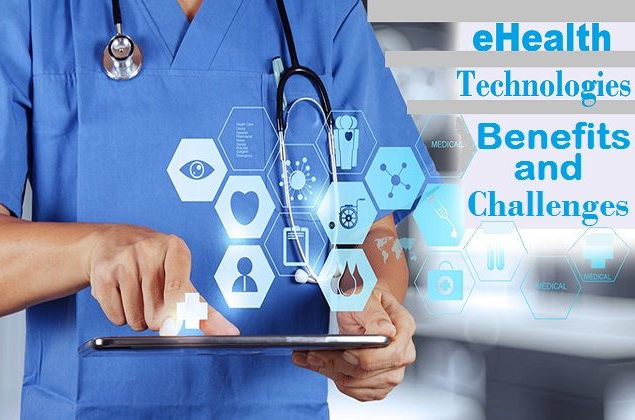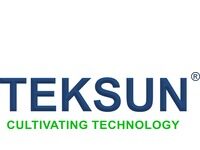The main objective of Cloud-based computer-assisted diagnostic solutions for e-health is to provide an IoT-enabled cloud-based diagnostic solution framework for various diseases, namely cataracts, cardiovascular diseases, risk of falling, and diabetes-related diseases.
There is a shortage of healthcare management systems in rural and semi urban areas, which needs to be improved. The lack of medical experts, skilled staff, and development of healthcare infrastructure in rural and remote areas is responsible for poor healthcare facilities in developing countries. So, there is a need to provide better healthcare solutions in such scenarios.
To a larger extent, IoT & AI -based healthcare solutions can overcome the problems faced due to uneven distribution of healthcare facilities. The rapid growth in IoT as well as Artificial Intelligence has enhanced the scope of remote health monitoring systems.
This project aims to study the current and futuristic e-healthcare process involving the early detection and monitoring of medical conditions of patients. Early detection of various diseases and its prevention can significantly improve the healthcare situation.
Process of e-healthcare system-
The e-healthcare system has following functions: Maintaining patient and doctor details in secured cloud. Patients can upload their reports to the cloud and can manage permissions. Patient will be notified about the status of their request.
A Democratized Medical Knowledge Base
Modules concerning Data Flow diagrams: –
- Register with the system.
- Select the city and specialization.
- Send request for doctor to diagnose.
- Upload and view the reports.
- Provide access to doctor to your database.
- Communication portal between the doctor and patient.
Advantages of Cloud-based computer-assisted diagnostic solutions for e-healthcare
- Better Characterization of Diseases and Syndromes
- Improved Medical Education
- Enhanced Disease Surveillance Powered By Real-Time Clinical Data
- Improved Health Care in Limited-Resource Settings
Some of the conclusive points that can be taken out from this application are: Helps patients to be able to communicate with and select doctors without the need to visit. Serves as a medium of communication between a large number of doctors and patients. The doctors can also find clients they are best trained to treat via this system. Provides localization facility by offering language preferences to rural people to help them benefit from the healthcare system.





